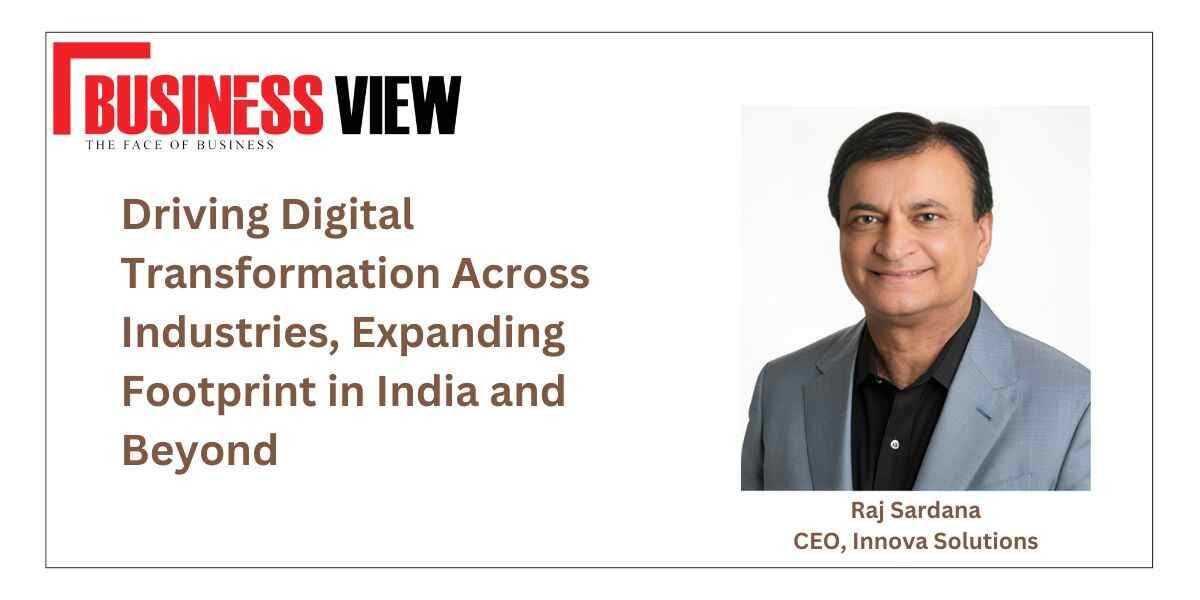Breaking News
By Business View
/ September 6, 2024
So many people use the voice search every day. Whether it is asking about the weather, the distance between two...
Read More
Singapore PM Lawrence Wong hosts PM Modi for private dinner ahead of talks
By Business View
/ September 5, 2024
On Wednesday, August 4, Singapore Prime Minister Lawrence Wong hosted Indian Prime Minister Narendra Modi for a private dinner. Prime...
Read More
PIL filed for banning IC 814: Kandahar Hijack over allegations of distorted facts
By Business View
/ September 4, 2024
The President of the Hindu Sena filed the petition at the Centre and Maharashtra government Indian right-wing Hindu nationalist organization,...
Read More
415k People in Andhra Pradesh Affected by Rain & Flood
By Business View
/ September 4, 2024
Over 47,000 moved to relief camps in Andhra Pradesh & Telangana Heavy rainfall impacts Andra Pradesh, at least 19 people...
Read More
MiG 29 jet crashes near Rajasthan’s Barmer
By Business View
/ September 3, 2024
The crash occurred due to technical defect; Pilot safe, no loss of life reported On Monday, 02 August 2024, an...
Read More
What is a brand story, and why does your business need one?
By Business View
/ September 3, 2024
What differentiates a great brand from a good brand, is a story that we can all relate to. A brand...
Read More
Vande Bharat Sleeper Coach Prototype: Check Out the Features
By Business View
/ September 2, 2024
10-day trial begins at BEML's facility in Bengaluru; Train will be operational for passengers in 3 months On Sunday, September...
Read More
Avani Lekhara wins gold and Mona Agarwal wins bronze in air rifle para shooting
By Business View
/ August 31, 2024
Avani Lekhara wins a historic gold medal at the women's 10m air rifle standing SH1 in the Paris Paralympics Paris...
Read More
airtel to shut down Wynk Music app absorb employees airtel, wynk music, apple music, apple tv
By Business View
/ August 30, 2024
A new partnership with Apple to provide access to Apple Music with special offers to its customers who use iPhone...
Read More
Google August 2024 Core Update: Key Changes and Impacts
By Business View
/ August 24, 2024
Google launched its core updates on the 15th of August and marked another step in its ongoing mission to refine...
Read More
Singapore PM Lawrence Wong hosts PM Modi for private dinner ahead of talks
On Wednesday, August 4, Singapore Prime Minister Lawrence Wong hosted Indian Prime…
PIL filed for banning IC 814: Kandahar Hijack over allegations of distorted facts
The President of the Hindu Sena filed the petition at the Centre…
415k People in Andhra Pradesh Affected by Rain & Flood
Over 47,000 moved to relief camps in Andhra Pradesh & Telangana Heavy…
MiG 29 jet crashes near Rajasthan’s Barmer
The crash occurred due to technical defect; Pilot safe, no loss of…
Highlight Stories
Innova Solutions
Founded in 1998 by Raj Sardana, Innova Solutions employs approximately 50,000 professionals…
CSD Autism Services
CSD Autism Services: Impeccable Autism care services for individuals of all ages…
List of richest women in india 2024
India has positioned itself third in the list of top countries by…
Paving Paths of Prosperity : A Look at the Best Shark Tank Products in India
Best Shark Tank Products in India The…
Challenges Faced By Entrepreneurs And Tips To Trounce Them
Beyond the Cover Story: The Challenges faced…
Avgi Solutions
Avgi Solutions Gives High Priority to Compliance and Relationships within its Ecosystem…
Women Of Excellance
PIETOS
Pietos: Dependable and affordable background verification service Look for small wins if larger ones seem far – Barsha Chakkarbortty, Pietos Reliability and trust are two vital components to run a…
Top 10 Travel Items Checklist to Pack for Any Trip
Traveling is a great experience to have. Visiting new places can help you relax and enjoy. But packing could be…
Boost Your SEO with Voice Search Optimization: Key Strategies for Success
So many people use the voice search every day. Whether it is…
What is a brand story, and why does your business need one?
What differentiates a great brand from a good brand, is a story…
Vande Bharat Sleeper Coach Prototype: Check Out the Features
10-day trial begins at BEML's facility in Bengaluru; Train will be operational…
Welcome Back!
Sign in to your account























